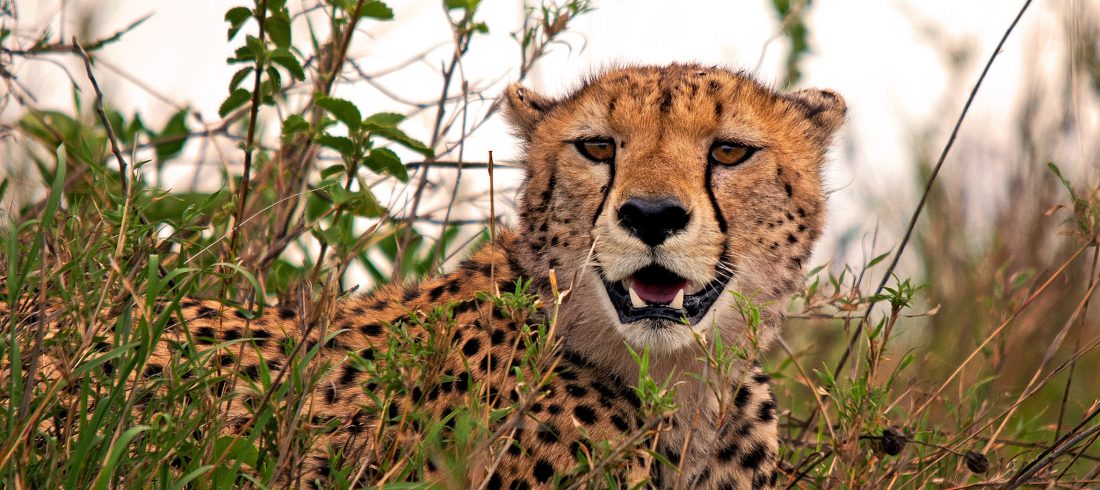
The migration of more than one million wildebeest, zebra and gazelles, a wonder and spectacle found nowhere else in the world. Serengeti National Park, probably the most known wildlife destination in the world, is a spectacle giving you as a visitor the most unique experience and adventure. Allow at least three days to make your visit a memory of a lifetime.
The Serengeti National Park is special due to its amount of wild animals; 2500 lions is the largest number of lions found anywhere in Africa or the world for that matter. The nature of Serengeti was the inspiration to the makers of Walt Disney’s The Lion King.
You should also consider combining your Serengeti visit with the Ngorongoro crater, Lake Manyara, Tarangire, Arusha and Mkomazi National Parks.
One point five million animals – wildebeest, zebra and the Thomson’s and Grant’s gazelles on their annual pilgrimage (Wiki) is a sight you must do all you can to see!
For more than 2 million years this population explosion with more than 8000 calves born per day during birth season, and this “Survival of the fittest” as a more than 40 km long columns of animals crosses crocodile infested rivers have been a part of the Serengeti ecosystem.
Every day during the more than 2000 km long journey to search for the grass and water that is needed, they eat more than 4.000 tonnes of grass per day, and 250.000 calves are born throughout the journey for survival.
While visiting Tanzania’s oldest and most popular national park, you also visit a world heritage site and a park recently proclaimed a “7th world wide wonder”. And Serengeti are as of today the only place where you can be really adventurous and treat yourselves to a balloon safari!
But Serengeti is a lot more than the migration. In addition to all the “golden mane” lion prides who feast on the abundance of plain grazers, you can often see leopards hunting in the Acacia woods along the Seronera River, and cheetahs with their electrifying bursts of speed rules the south-eastern plains where they hunt wildebeest calves and other small game.
So the spectacles of predators versus prey are also one of the thrills to bring you to the plains of the mighty Serengeti.
Almost uniquely, all three African jackal species occur here, alongside the spotted hyena, the African hunting dogs and a host of more elusive small predators, ranging from the insectivorous aardwolf to the beautiful serval cat.
Even though it’s probably Africa’s most popular National Park, the Serengeti and the surrounding ecosystem is of a size that you with luck can be the only safari vehicle enjoying the multitude and amazing sights the wild inhabitants can offer you!
Location:
335km (208 miles) from Arusha, stretching north to Kenya and bordering Lake Victoria to the west.
How to get there:
Scheduled and charter flights from Arusha, Lake Manyara, Mwanza, Zanzibar or Dar es Salaam. Drive from Arusha, Lake Manyara, Tarangire or Ngorongoro Crater.
What to do:
Hot air balloon safaris, walking safari, picnicking, game drives, bush lunch/dinner can be arranged. Maasai rock paintings and musical rocks.
When to go:
For seeing the migration December to July, for best seeing the predators June to October.
The Great Migration:
Find the route and the best months and places to see it, on our interactive map.
Accommodation: